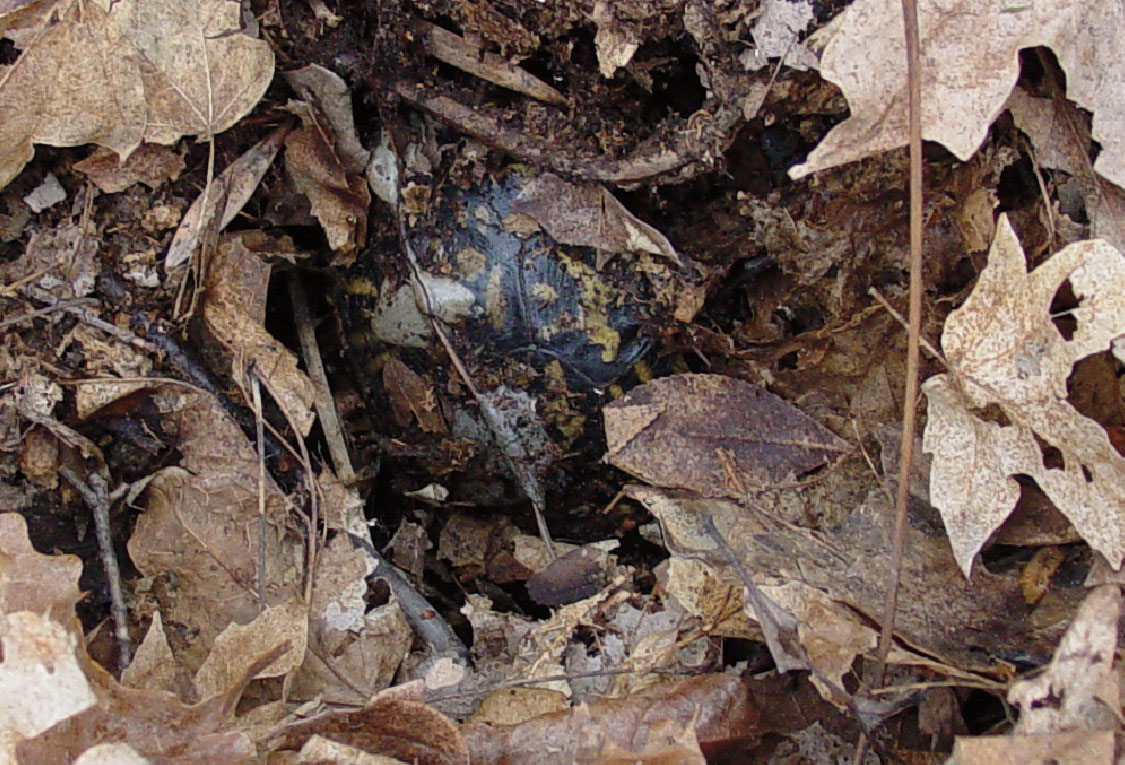Ask the Steward
By Dan Ernst
Question: What causes knots in lumber and why do some knots fall out?
Answer: Knots in lumber are caused by tree branches and the bigger the branch the larger the knots. As the branch and the tree grow, wood fibers are woven together to create a strong union between the two. When the logs from the tree are then milled into lumber the branch growth shows up as a tightly held knot in the lumber. Depending on the angle of the branch and pattern of milling the knot may be a circular cross section of the branch, or a diagonal or elongated cross section.
On the other hand, when a tree grows around a dead branch the knots are not tightly held. Since the branch has no live growth cells the tree trunk simply grows around the dead branch, but without the interwoven wood fibers of a live branch. Sometimes these dead branch knots are so loose they may fall out of the board.
From a timber and lumber value standpoint, the fewer the knots the higher value the lumber and hence the tree. And, veneer trees, which command an even higher value have very clear lumber with few if any knots and defects. When assessing whether trees in your woods may potentially be veneer quality trees look for trees of larger diameters and tree trunks clear of bumps, splits, scars and other indications of defects. That little bump you see may be an old branch scar or other defect.
Question: Where do box turtles go in wintertime?
Answer: When the weather gets cold in mid-October to early November Box turtles find themselves a cozy spot underground to brumate and conserve energy. Brumate? Yep- Brumation is a hibernation-like state very similar to hibernation and in this article we’ll use the terms interchangeably. The major difference is cold blooded animals, such as turtles, brumate. While warm blooded mammals, such as chipmunks, hibernate. As the cool fall weather rolls in the activity level of box turtles decrease. They’ll stay close to, or even inside, their winter homesite, eventually digging in for winter’s long deep sleep. In brumation the heart rate slows and body temperature drops, perhaps even to the mid-forties. Box turtles may open their eyes periodically or move slightly during their 5-6 month winter slumber, but will not become active or emerge from their brumation hideout until the soil warms in March or April. Then life begins anew as hungry turtles feed on insects, worms, slugs, mushrooms, berries and more. They have a small home range and generally will not travel much more than 100 yards from their hibernation site- often using the same winter burrow year to year. Which is a very good reason not to pick-up and move box turtles for they will struggle greatly if moved and released back into the wild outside their home range. The Eastern box turtle is actually one of many species on Indiana’s “special concern” list. Another reason to observe them in place, but leave them be.
Dan Ernst is a professional forester and past Assistant State Forester with the Indiana Division of Forestry. He has authored ‘Ask the Steward’ since 1992 and can be reached at foresterdan@yahoo.com.
